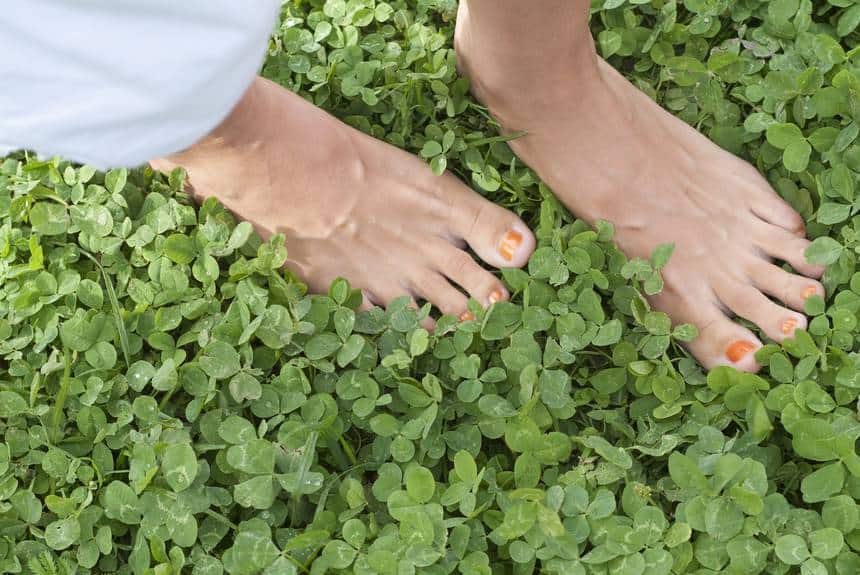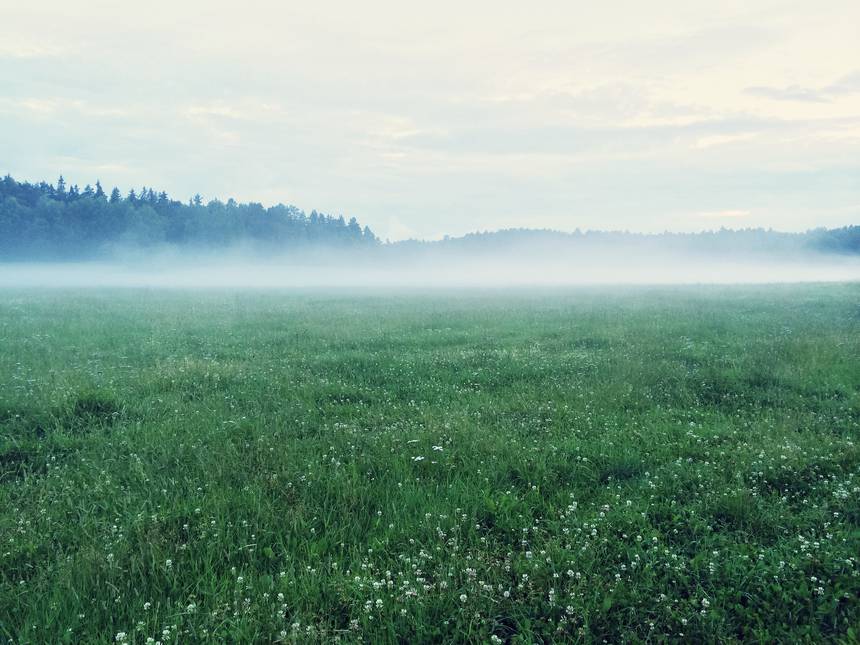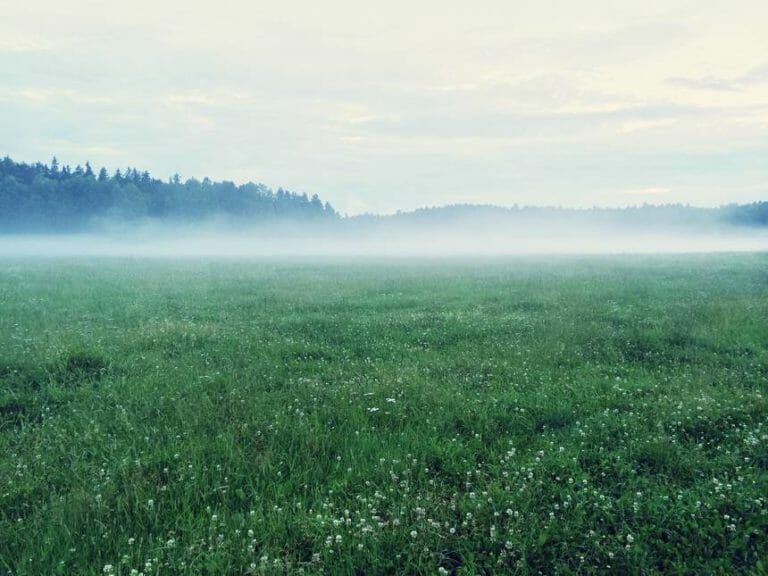Photo © GoodMood Photo/Shutterstock
When I was a kid, I always wondered why people cared about keeping patches of grass outside their homes. I assumed someone would explain it to me someday, but no one ever did. And I’m starting to think there is no good explanation.
The more I learned about lawns, the more pointless they seemed. Lawns are a ton of work. You have to mow and weed them all the time (I could never figure out what people had against dandelions). If you’re going to put that much care into plants, why not grow some you can actually eat?
And watering is just plain ridiculous. Americans use more than 7 billion gallons of water a day on their lawns. Over half of that doesn’t even help lawns. People overwater, which is bad for the grass. Some water just evaporates or runs into sewers, carrying pesticides with it. That’s a pretty heavy environmental cost.
“But people like lawns,” you say. “What am I supposed to put in front of my house? Rocks?” Well, maybe. But there’s an alternative to grass that’s just as green and cheery.
The answer, my friend, is clovers. Clovers make great lawns. They grow easily, and they don’t need as much water as grass. They also don’t need fertilizer or herbicide. They reach a certain height and stop growing, so you don’t have to cut them.

Clovers also make soil healthier. They grab nitrogen out of the air and put it in the soil, providing nutrition for more plants. So they’re a great first step if you’re thinking about starting a garden (or turning your yard into a food forest, if that’s your thing.)
Oh, and you don’t have to worry about clumpy clovers sprouting pesky flowers. Nowadays, you can buy microclovers. They’re smaller than white clovers, and they don’t grow so many flowers. They also have soft stems, so you can walk […]
Full article: Use this instead of grass for your lawn



